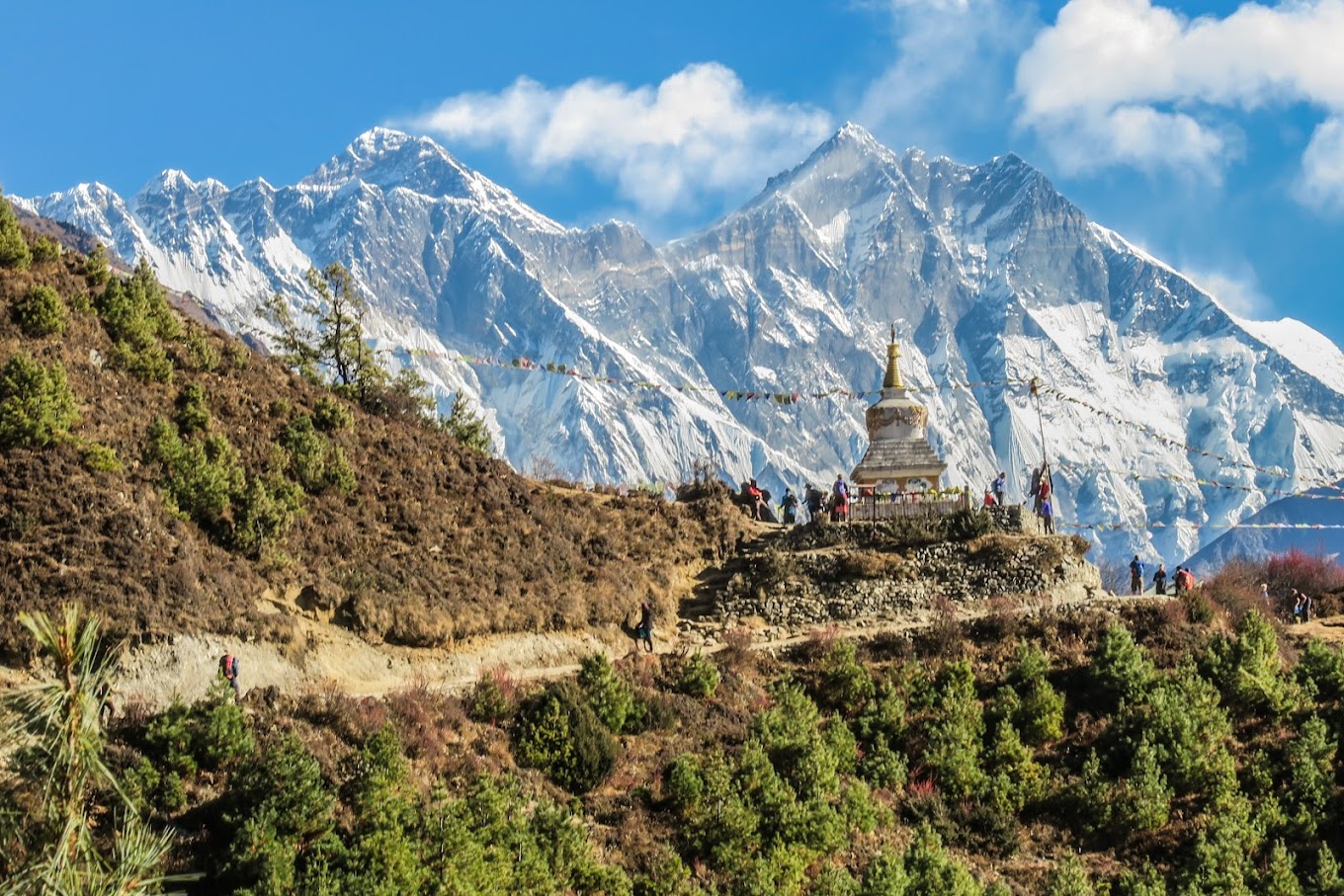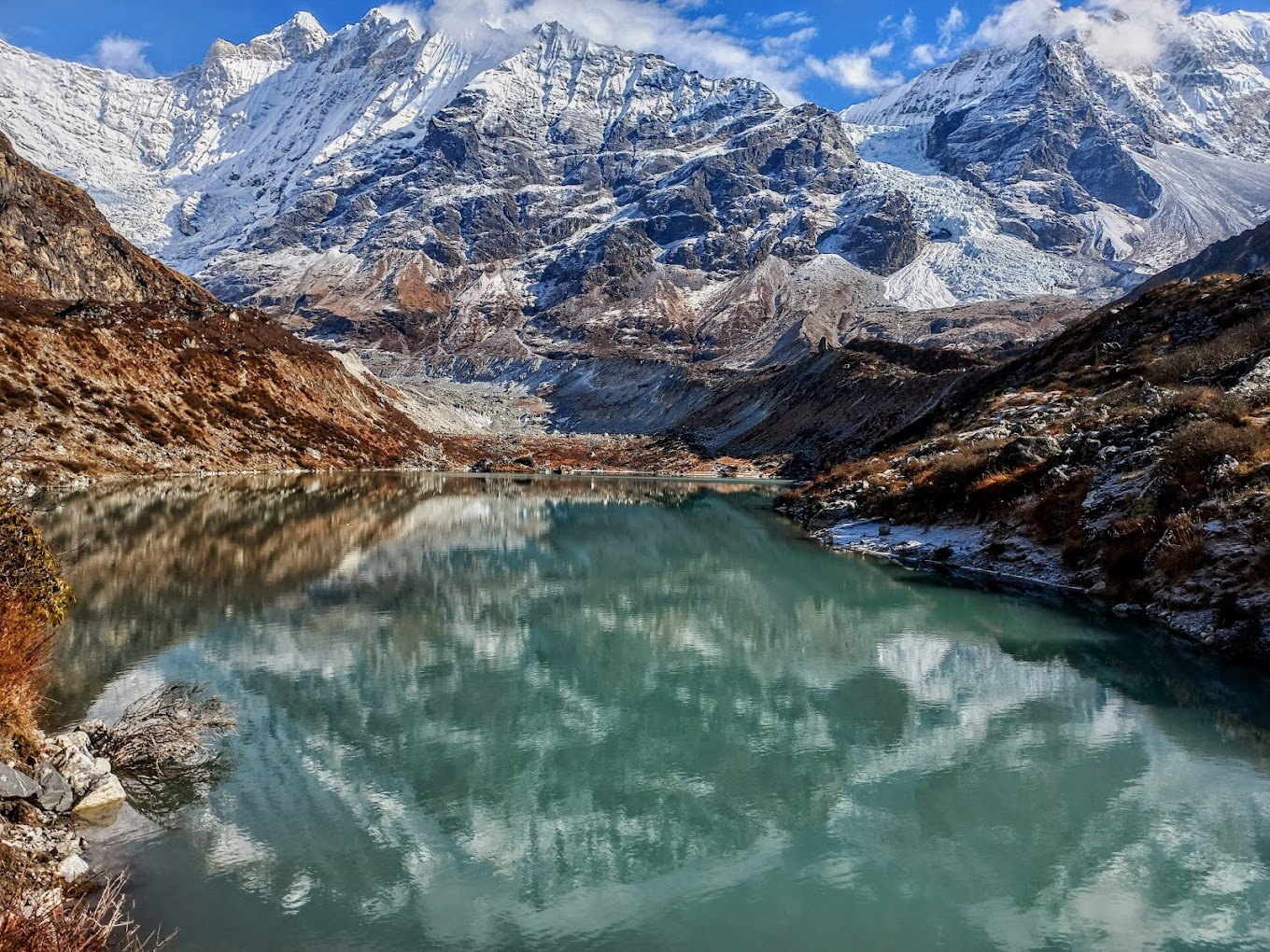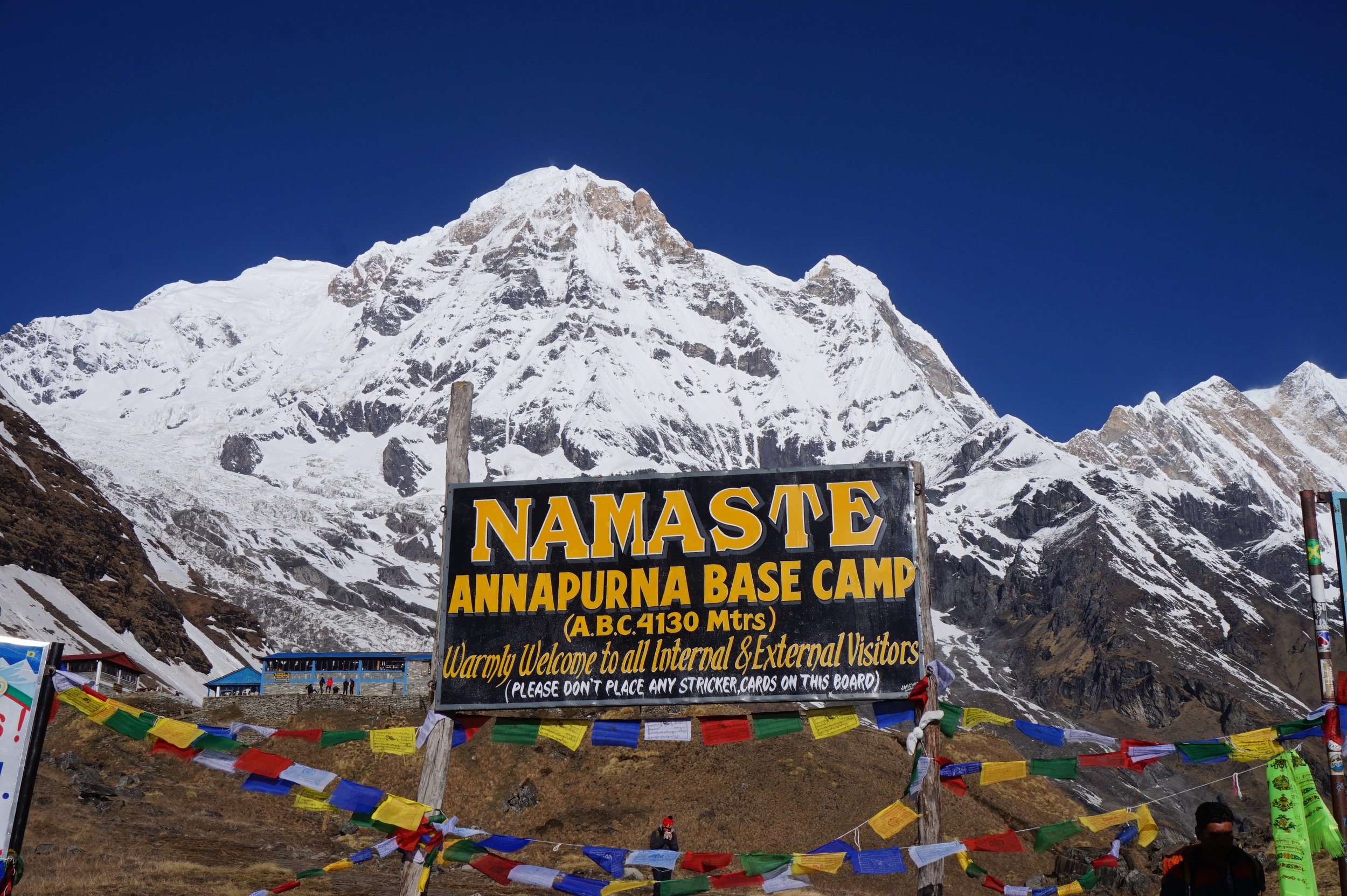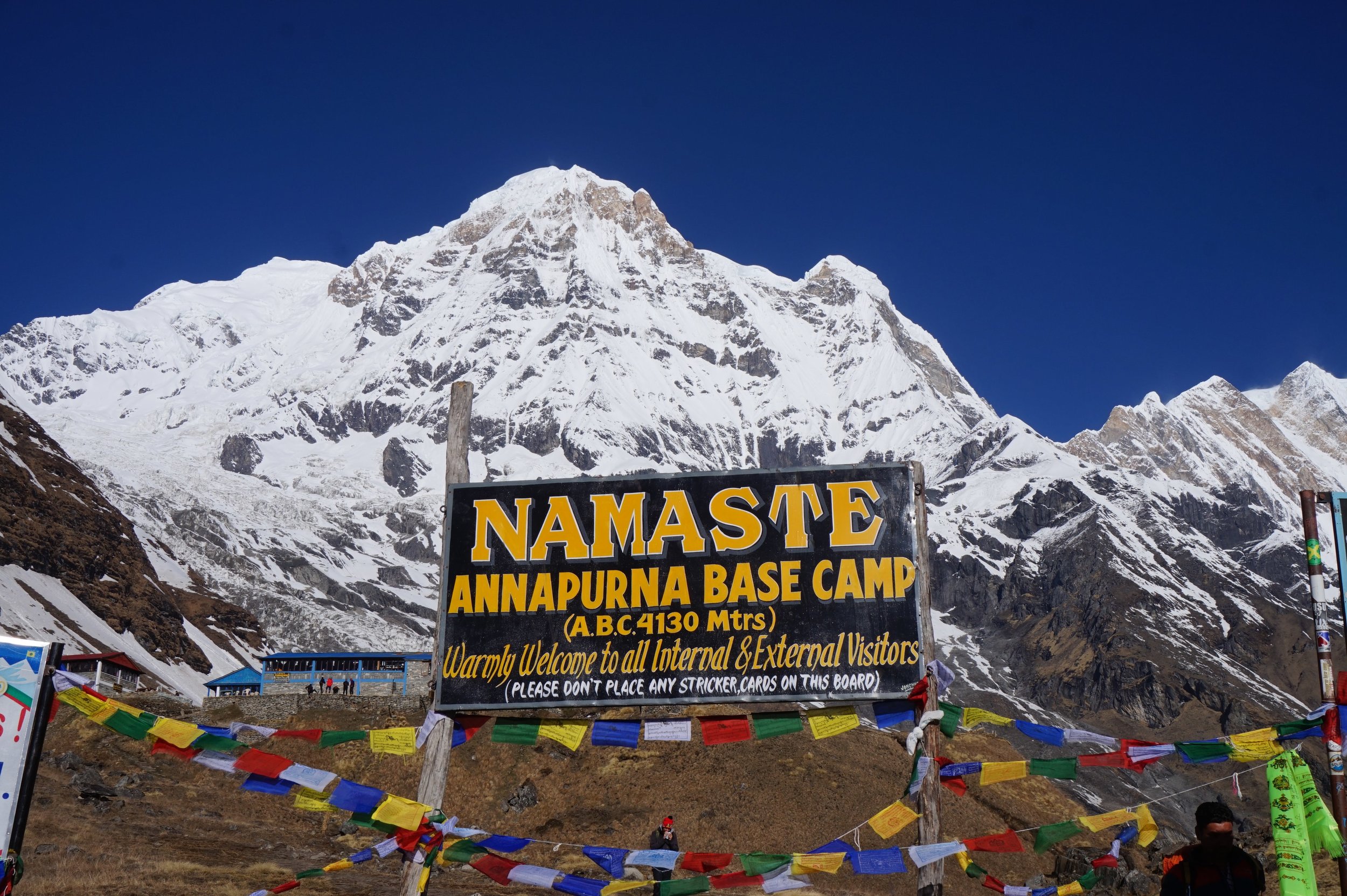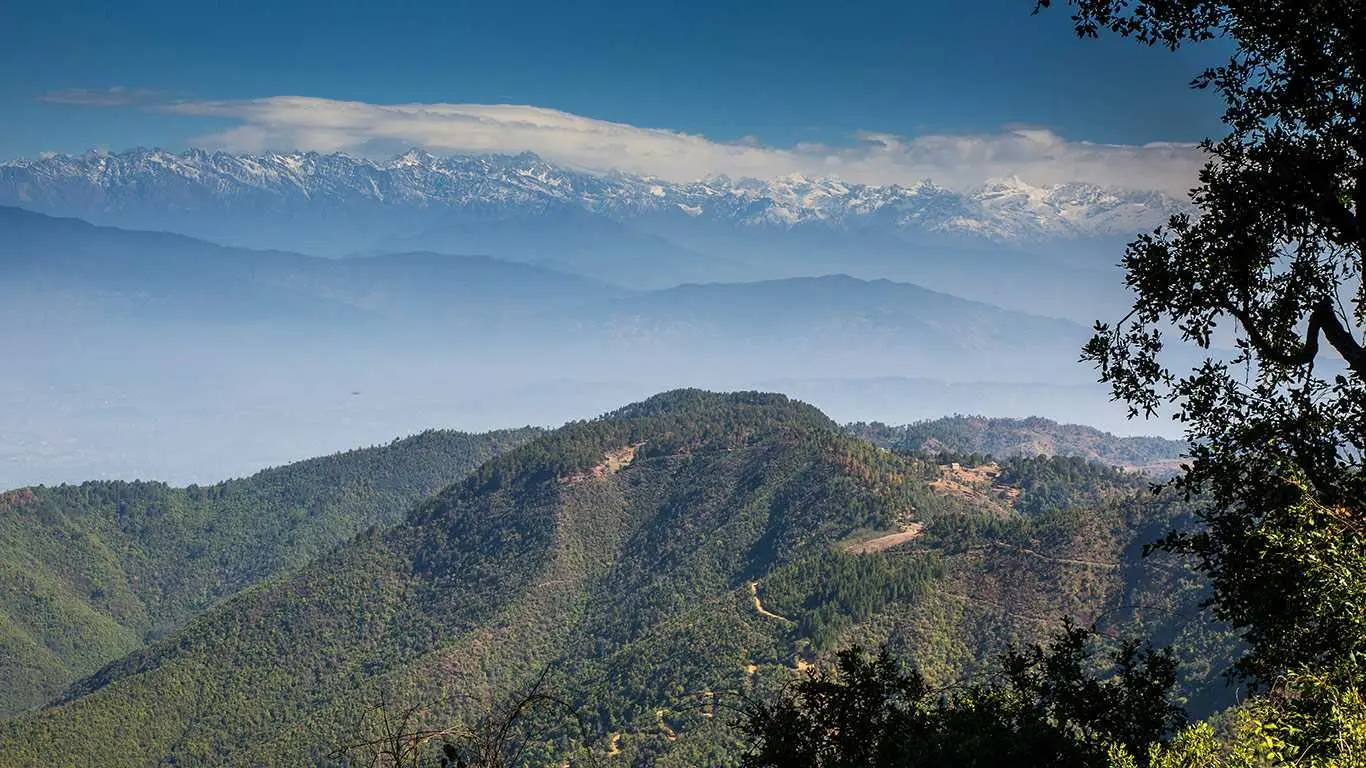LangTang Valley Trek
 Max Elevation:
4773 m.
Max Elevation:
4773 m.
Langtang National Park, Nepal’s first Himalayan national park established in 1976, is a breathtaking destination known for its unspoiled natural beauty, diverse wildlife, and rich Tibetan Buddhist culture. Located just a short distance from Kathmandu, this trek offers spectacular mountain views, serene alpine landscapes, and the warm hospitality of the indigenous Tamang people. Despite the devastating 2015 earthquake, which severely impacted local villages and livelihoods, the resilient communities have rebuilt their economy, welcoming trekkers once again to this pristine region.
Covering 25% forest area, Langtang National Park features a wide range of vegetation, from subtropical forests to alpine meadows, with deciduous oak, maple, pine, and rhododendron forests (blooming vibrantly in spring). The park is also home to diverse wildlife, including the Himalayan black bear, red panda, Himalayan Tahr, Assam macaque, and many other rare species. While local folklore speaks of the legendary Yeti, it remains an elusive mystery!
A major highlight of the trek is the sacred Gosainkunda Lakes, an important pilgrimage site for Hindus and Buddhists, attracting thousands of devotees during the August full moon festival. Another must-visit landmark is Kyanjin Gompa, a historic Buddhist monastery offering deep spiritual significance and stunning views of the surrounding peaks.
The Langtang Valley Trek begins at Syabru Besi Village, leading through high-altitude yak pastures, dense bamboo and rhododendron forests, and roaring waterfalls, before reaching Kyanjin Gompa. A climb to Kyanjin Ri (peak) rewards trekkers with an incredible 360-degree panoramic view of the snow-covered Himalayan peaks. The return trek descends through the scenic valley before heading back to Kathmandu.
This trek provides a serene and less-crowded experience compared to other trekking regions in Nepal, allowing for peaceful exploration of breathtaking landscapes. The journey through the Langtang Valley is not just about trekking; it’s an opportunity to witness the strength and resilience of the Tamang people, whose simple yet inspiring lifestyle in the rugged Himalayan terrain leaves a lasting impression. Whether you are seeking adventure, culture, or spirituality, the Langtang National Park Trek offers an unforgettable Himalayan experience.
4o
Detail Itinerary
After leaving Kathmandu we have a seven-hour journey by road heading to the Langtang Valley. The road climbs out of Kathmandu Valley at which point you will have some fantastic views of the Annapurna Mountains, Manaslu, Ganesh Himal, and other peaks in the Langtang region. Our first destination is Trishuli Village from where we continue climbing until we reach Dhunche and enter then enter the Langtang National Park. Leaving Dhunche we drive for another hour downhill until we reach Syabru Besi where we stay the night.
Today we follow the trail and cross the Bhote Kosi (meaning Tibet River) which flows from Tibet. We then climb through the sub-tropical forest and join the trail coming from Syabru Besi before heading down through oak and rhododendron forests. On the trail it is more than likely we will encounter Langur monkeys frolicking in the treetops. We continue up a steep incline before reaching the Lama Hotel where we stay the night.
We will climb through forest on the first leg of today’s trek and will have occasional views of Langtang Lirung from between the trees. At Ghora Tabela (3,000m) we emerge from the forest and come to a Nepali army outpost. We continue and pass through several small settlements occupied by herders who come here to graze their livestock, including Yak, in these mountain pastures in summer. Not too much further we come to Langtang Village, which has mostly been rebuilt in a more modern style of architecture. There are still reminders here of the devastation from the 2015 earthquake.
From Mundu, the trail climbs gradually through yak pastures as the valley opens out further and the views become more extensive. After crossing several small streams and moraines, the trail reaches the settlement at Kyanjin. Here there is a small monastery and a government-operated cheese factory, which is a good place to stock up for lunch and afternoon snacks. As you will arrive by lunchtime there is time to take it easy in the afternoon or explore the area. If you are feeling energetic, head up the Valley towards Langshisha Kharka to see some of the amazing views.
Today you can sit back and relax or explore the surrounding area. You may also wish to visit the monastery and the cheese factory, walk up to the moraine to see the spectacular ice faces and tumbling glaciers of Langtang Lirung or alternatively ascend Kyanjin Ri directly behind the village, for breath-taking views of the Langtang peaks.
On Day 6, start early for a challenging hike to Tsergo Ri, a stunning peak at 5,033 meters. From this summit, you'll enjoy panoramic views of the Langtang range, with its towering snow-covered peaks. After soaking in the scenery, begin your descent back to Lama Hotel, following the same trail you came. This trek will take 7-8 hours, passing through picturesque forests and rugged terrain as you make your way down to the valley below.
Today we retrace our footsteps to Syabru Besi, enjoying the peaceful forested hills. If you are feeling energetic then we can take the more impressive route from Rimche via Sherpa Gaon to Syabru Besi; it will take much longer to reach the ultimate destination, but it’s a worthy detour.
Today we are on the road back to Kathmandu on a windy and picturesque journey with views of green hills and gorges. You will be transferred to the hotel where you can either enjoy the leisure time and relax or catch up in visiting some sights in Kathmandu Valley or do some last-minute shopping.
Trip Map
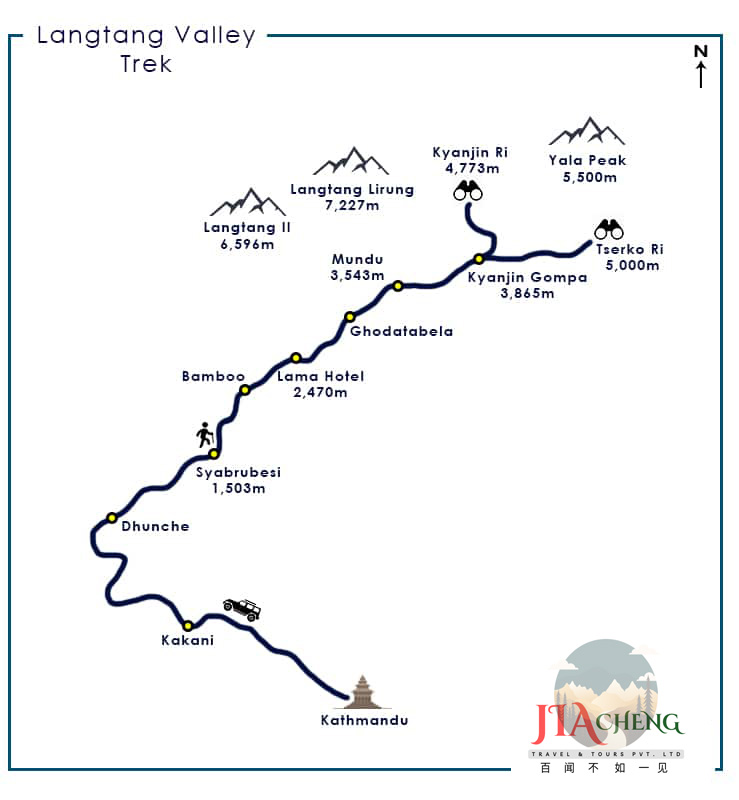
What's Included
- Private airport transfers for stress-free arrival and departure.
- Three nights of hotel stay in Kathmandu, with daily breakfast.
- All meals (breakfast, lunch, dinner) provided during the trek.
- Shared jeep transport for regional travel to and from trekking points.
- Accommodation in tea houses or tents along the trekking route.
- Management of all necessary trekking permits and paperwork.
- Round-trip flights between Kathmandu and Bhadrapur, with airport transfers.
- Experienced, English-speaking guide for a safe and informative trek.
- Support from reliable Sherpa porters, one per two trekkers.
- Comprehensive first-aid supplies and emergency helicopter arrangements.
- Provision of essential trekking gear: sleeping bag, down jacket, etc.
- Complimentary trekking t-shirt as a souvenir.
- Inclusion of all government taxes and official fees.
- Guided sightseeing tour of Kathmandu with private transportation.
- Daily oxygen level monitoring to ensure altitude safety.
- Assistant guide for larger groups of eight or more.
What's Excluded
- Meals in Kathmandu (lunch and dinner) are not included.
- Nepal entry visa fees are separate (available on arrival: $30 for 15 days, $50 for 30 days, $125 for 90 days).
- Personal travel and medical insurance is required and not included.
- International airfare is not included.
- Personal spending is your own responsibility.
- All alcoholic and non-alcoholic beverages, extra food, and drinks purchased during the trek are not included.
- Desserts and sweet items are not included.
- Hot showers and battery charging at tea houses are extra.
- Tips for guides, porters, and drivers are customary and not included.
- Kathmandu sightseeing monument entrance fees ($30 USD per person) are not included.
- Excess baggage fees for Bhadrapur flights (over 20kg) are not included.
- Early trek returns due to illness or other issues result in no refunds for prepaid services (flights, hotels, etc.), and you will bear all subsequent Kathmandu expenses.
Reviews (0)
Customer Reviews & Ratings
0.0 / 5.0
Based On 0 Reviews
5
0
4
0
3
0
2
0
1
0
Send an Enquiry
Why Book With Us
-
✔
Expert Guides with Local Knowledge
-
✔
Personalized Itineraries and Customization
-
✔
Safety and Comfort at Every Step
-
✔
Affordable Prices with No Hidden Fees
Need Assistance?
If you have any questions about this trek, feel free to contact us. Our travel experts are happy to assist you 24/7.
Contact Us